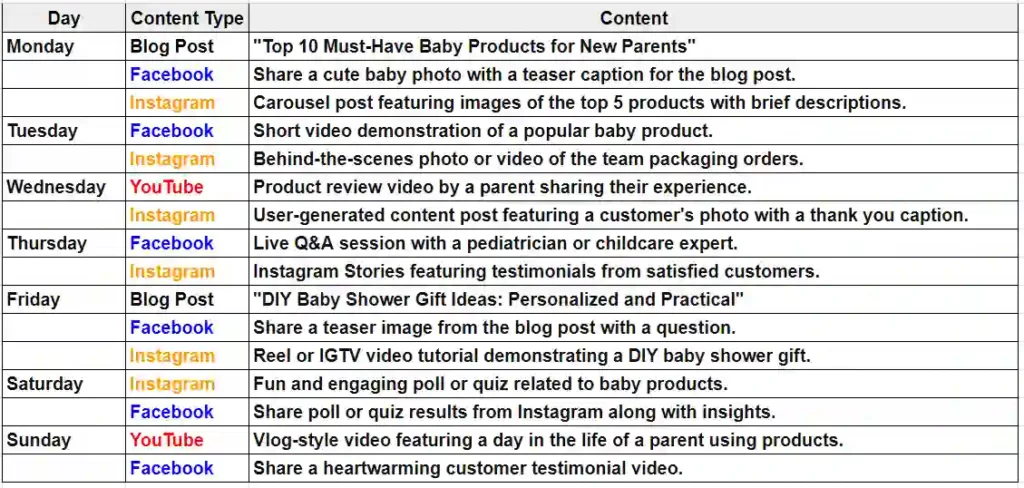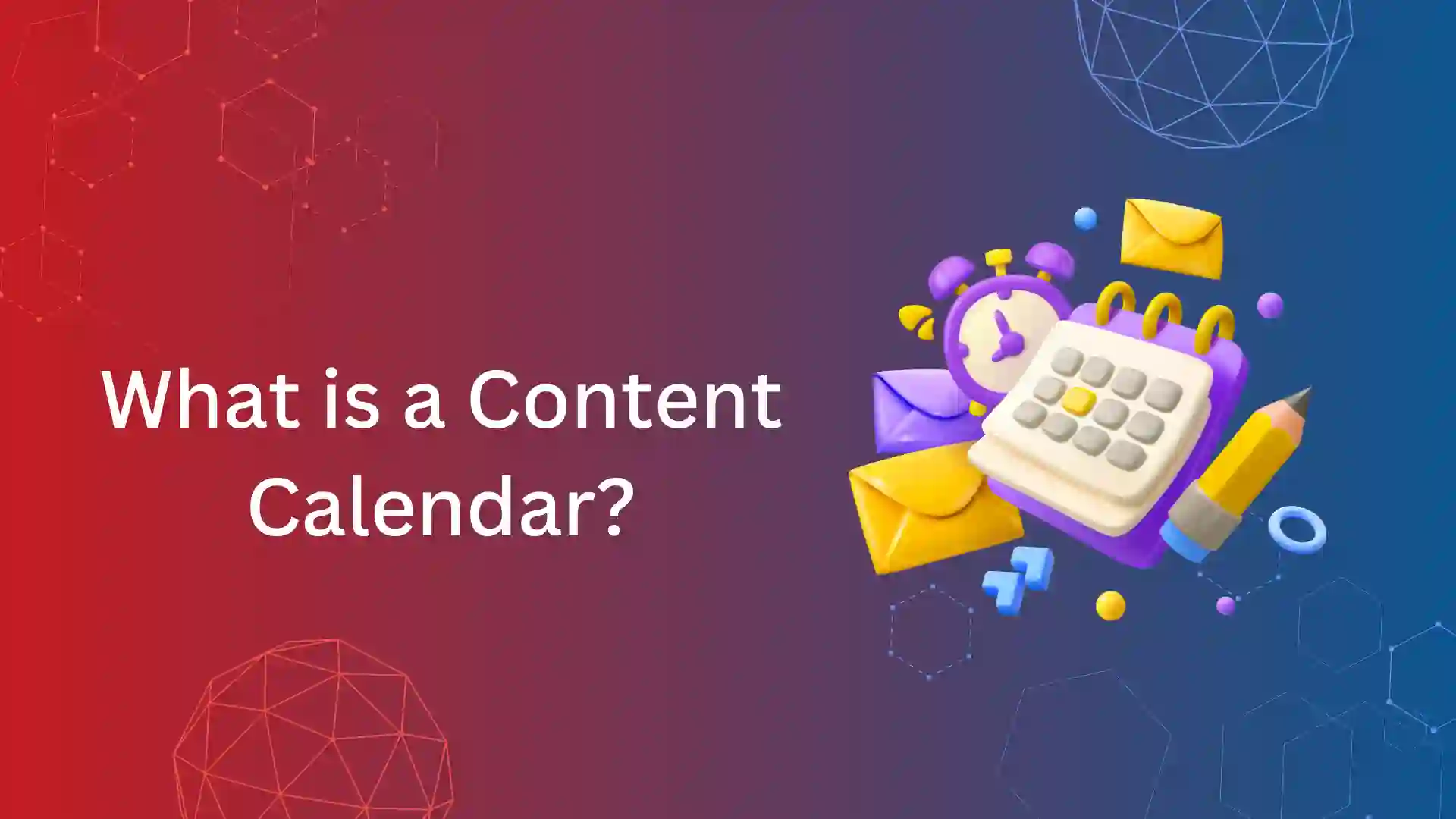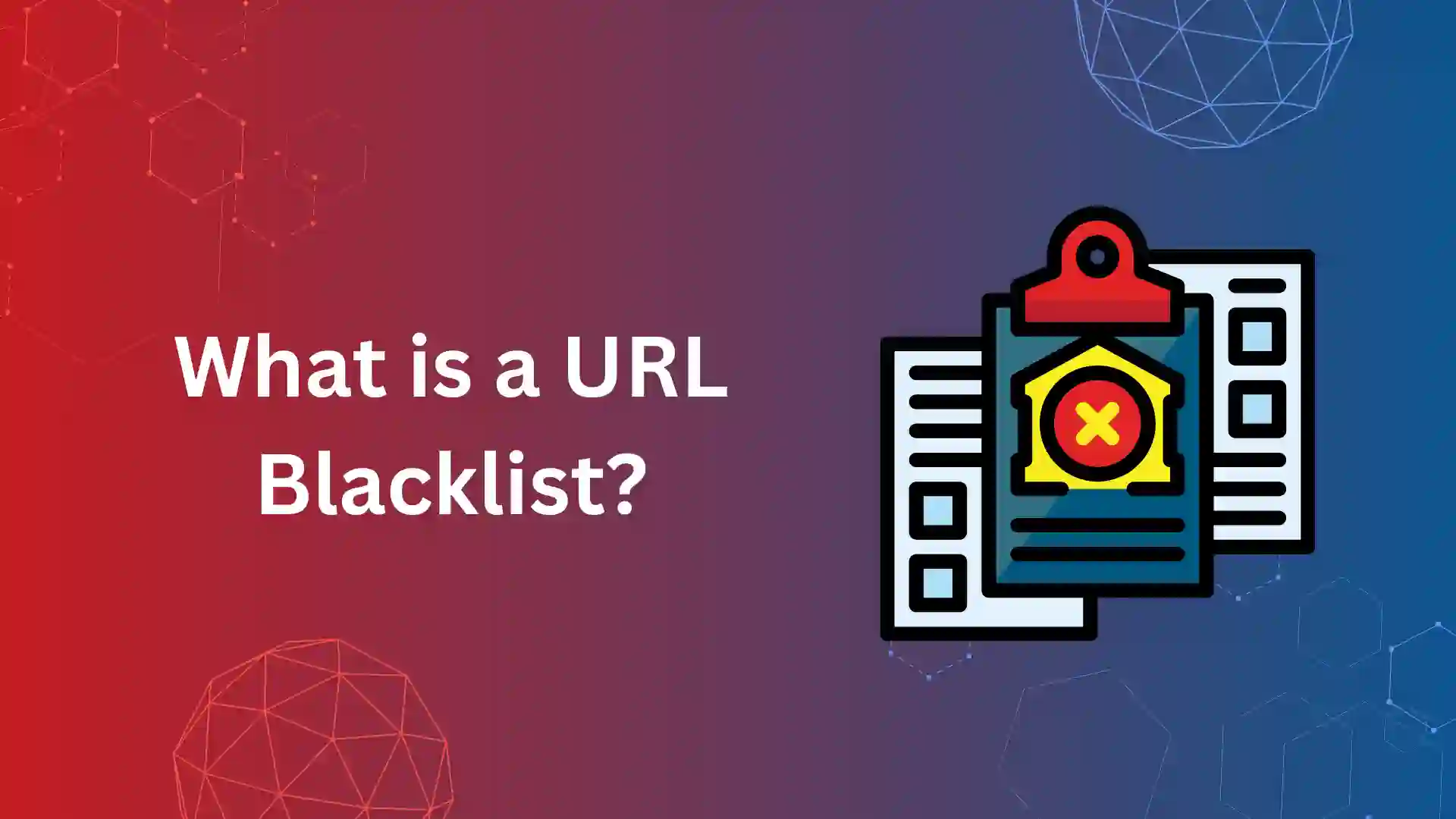Marketers always say, “Content is the King” Whether you’re a business aiming to attract customers, a blogger seeking to engage your audience, or a social media influencer aiming to grow your following, creating high-quality, consistent content is important.
We cannot upload or post random content and expect engagements, we should be consistent in posting the content.
To make it simpler, the content calendar comes into play.
A content calendar is to do proper planning, organizing, and posting of content, we can plan a monthly calendar, holiday calendar, and separate calendars for various platforms.
Further, let’s discuss the need for a content calendar and how to build it in a brief.
What is a Content Calendar?
Content calendar, or editorial calendar is used to plan and organize content creation and distribution over a specific period.
They serve as a roadmap, outlining what content will be created, when it will be published, and where it will be shared.
Content calendars contain various types of content, including blog posts, social media updates, videos, live sessions, and podcasts.
For Example:
You are an owner of a baby products eCommerce store and decided to create a content calendar for various platforms.
And your calendar might be this way,

You can also add a date and personalize based on your requirements.
This is the sample content calendar, likewise, you can create for your business.
Why Is a Content Calendar Essential?
Content Calendar is essential for business for the following reasons.
Consistency:
Consistency is key to maintaining audience engagement and building brand trust.
A content calendar ensures that you consistently deliver fresh, relevant content to your target audience, keeping them coming back for more.
You can also target new audiences who may be interested in your product or services.
Consistent posting of blogs or uploading content on social media platforms can increase your brand awareness.
Efficiency:
By planning your content, you can streamline your content creation process, allocate resources effectively, and avoid last-minute rushes to produce content.
If your resources are not available, then you can somehow assign them to your other team members, if you do have any content plan before the day, you have to ask somebody to do this and the efficiency will be spoiled.
Strategic Planning:
A content calendar allows you to align your content with your overall marketing and business goals.
By strategically planning your content, you can ensure that each piece contributes to your larger objectives.
Improved Collaboration:
For teams whether, a content writing team, designing team and video editing team or any other working on content creation, a content calendar provides a centralized platform for collaboration.
It keeps everyone on the same page, ensuring that tasks are delegated, deadlines are met, and content is consistent across all channels.
Due to collaboration, you can also easily sort out where the problem occurs and in which team the content to be published is pending.
What to Look for in a Content Calendar?
There are many content calendar-creating tools, when choosing a content calendar tool, consider the following factors:
- Look for a content calendar that is easy to use, ensuring that your team can quickly adapt to it without extensive training.
- Seek a tool that allows you to customize your calendar to suit your specific needs, including the ability to categorize content, set deadlines, and assign tasks.
- Choose a content calendar that integrates with other tools and platforms you use for content creation and distribution, such as social media scheduling tools, project management software, and analytics platforms.
- Opt for a cloud-based content calendar that can be accessed from anywhere, allowing remote teams to collaborate.
- Select a content calendar that can grow with your business, accommodating an increasing volume of content and users as your needs evolve.
How to Create a Content Calendar?
Here are 7 simple steps to create a content calendar
Step 1. Analyze Existing Content:
Start by reviewing your existing content to identify what has worked well and what can be improved. This analysis will help your future content strategy.
Step 2. Consider Content Types:
Plan the types of content you want to create, by analyzing your audience preferences, platforms, and business goals.
There are many content types such as evergreen content, seasonal content, product-based content, and review-based content, choose which suits your need at the time of publishing
Step 3. Research and Brainstorm Content:
Conduct research to identify relevant topics and keywords in your industry.
Brainstorm ideas for content that will resonate with your target audience and align with your brand.
Also, make sure to create a trending topic in your industry by doing some keyword research and analysis of various platforms.
Step 4. Choose the Platform for Your Content Calendar:
You can create a content calendar manually or using tools
If you are doing it manually, personalize it according to your needs, you can use Google Sheets or MS Excel to create a calendar
If you opt for a content calendar tool make sure it meets your requirements in terms of functionality, usability, and integration capabilities.
Step 5. Customize Your Content Calendar Software:
Customize your content calendar to include features such as content categorization, platforms, date, task, deadline setting, and collaboration tools.
Step 6. Create a Library for Assets:
Build a repository for storing content assets, including images, videos, graphics, and written content.
This library will simplify the content creation process and it also heps you in the future for creating new content.
Step 7. Create a Workflow:
Create a clear workflow template for content creation, review, approval, and publication, and rework.
Assign roles and responsibilities to team members to finish their tasks by the given deadline, so that it will be easy for you to manage the content.
5 Tips on How to Use Content Calendars
- Set Realistic Goals: Define clear, achievable goals for your content, such as increasing website traffic, generating leads, or boosting brand awareness.
- Stay Flexible: While a content calendar provides structure, it’s essential to remain flexible and adapt to changes in your industry, audience preferences, and business priorities.
- Monitor Performance: Regularly monitor the performance of your content using analytics tools to identify what is working well and where there is room for improvement.
- Repurpose Content: Maximize the value of your content by repurposing it across different platforms and formats, such as turning blog posts into videos or podcasts.
- Engage with Your Audience: Encourage feedback, comments, and discussions around your content to foster community and deepen your relationship with your audience.
Conclusion:
In conclusion, a content calendar is a valuable tool for any individual or organization looking to create and distribute content consistently.
By implementing a content calendar and following best practices, you can streamline your content workflow, enhance collaboration, and achieve your marketing goals.













